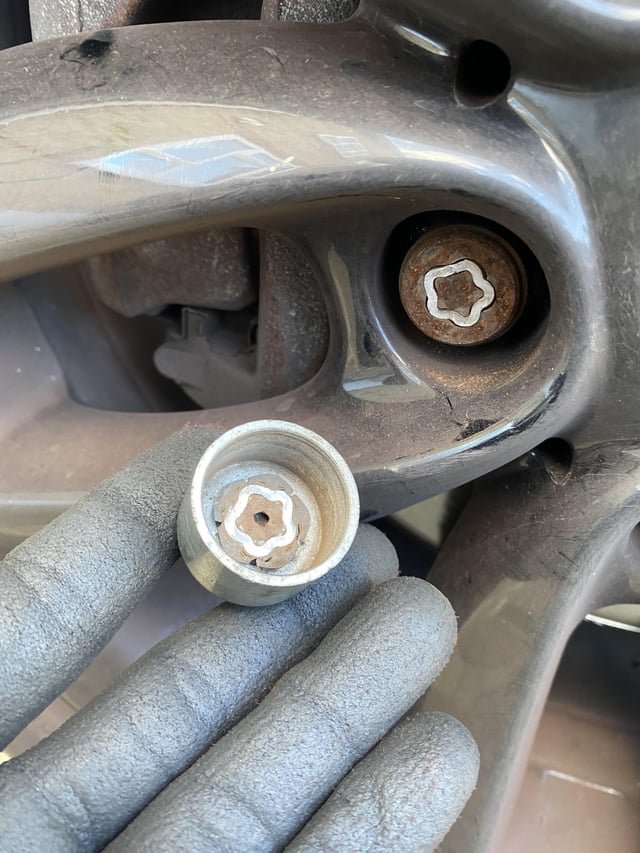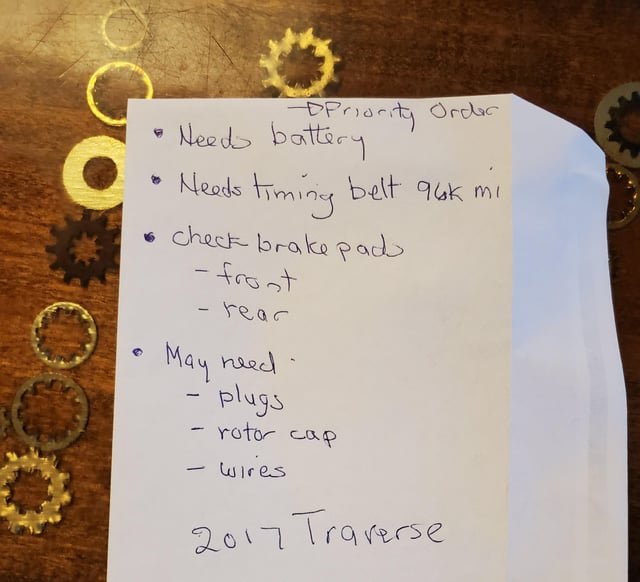We’ve gathered all the information you need to know to make sense of VED
Our guide answers all your questions about vehicle excise duty tax, also known as road tax
One of the most important taxes you must be aware of if you want to drive your car is vehicle excise duty, often abbreviated to VED.
VED is an annual tax paid by drivers who drive or park their vehicles on public roads – so if you own a car, chances are you’re required to pay it.
While VED has remained relatively unchanged in principle since its inception in 2001, some big changes have come into effect in 2025 to bring it more up to date. This includes significant changes to electric cars, buying and selling cars and rate increases.
But what exactly is VED, and are you one of the millions of motorists affected? We’ve gathered all the information you need to know to make sense of it all right here. Read on to find out what vehicle excise duty is, which vehicles it covers and how you’re supposed to pay.
What is VED and how is it calculated?
Vehicle excise duty is a tax paid annually by drivers of cars, motorcycles, light goods vehicles and heavy goods vehicles that are driven or parked on public roads.
The tax covers the whole of the United Kingdom (that’s England, Wales, Scotland and Northern Ireland).
VED was introduced in its current form in 2001 as part of what the government claimed was a push to reduce the amount of pollutants released into the atmosphere.
Despite often being referred to as ‘road tax’, VED isn’t a tax on the road – it’s on the vehicles that use it. Road tax was abolished in the 1930s.
VED might appear to be just another annoying tax, on the surface at least, but it brings in a significant amount of money for the government. According to the House of Commons library, VED brought in £7.4 billion in 2022/23. This figure is predicted to rise to £9.4bn by 2027/28.
As of 2015’s budget, which was introduced by then-chancellor George Osborne and implemented in 2020 by then-prime minister Rishi Sunak, all money raised through VED goes back into maintaining the upkeep of the UK road system.
Further changes came in 2020 to increase the appeal of electric vehicle ownership. VED was uprated in line with the retail prices index (RPI) for cars, vans, motorcycles and motorcycle trade licences, and switched from using the NEDC emissions scale to the WLTP system.
Changes to VED from April 2025
The VED system received some significant changes in 2025, with the biggest adjustments applied to electric vehicles (EVs).
Up until April 2025, EVs were exempt from VED, but that’s now changed. New EVs are now required to pay a first-year rate of £10, and then the standard rate of £195 from the second tax payment onwards.
Electric, zero or low-emission cars registered between 1 April 2017 and 31 March 2025 are also priced at the standard rate of £195 to match all other cars on the road.
There’s more. New EVs registered on or after 1 April 2025 with a list price of over £40,000 are required to pay an ‘expensive car supplement’ on top of the £195 standard rate. This supplement applies every year for the first five years of ownership.
There are some changes to hybrids, too. The first-year rate of cars that produce 1-50g/km of CO2 – mostly plug-in hybrids – has risen from £10 to £110. Cars that produce 51-75g/km rise from £30 to £135.
How is vehicle excise duty calculated?
Cars registered from 1 March 2001 to 31 March 2017 are taxed based on their CO2 emissions. Cars registered on or after 1 April 2017 pay a first-year figure according to their emissions.
All cars registered on or after 1 April 2017 pay the same flat rate from the second year and beyond, but cars with a list price of more than £40,000 pay a premium, called ‘expensive car supplement’.
For cars registered before 1 March 2001, the engine size in cubic centimetres (cc) is what’s important. Cars with engines equal to or smaller in capacity than 1549cc (roughly equivalent to 1.5 litres) cost £170 a year, assuming they pay upfront for 12 months. Meanwhile, cars with engines larger than 1549cc cost £280 a year.
Tax bands for cars registered from April 2017
In April 2017, the government introduced a new method of taxing certain vehicles, replacing the traditional system, based on CO2, with three new tax bands. These bands are zero, standard and premium.
Vehicles produced from 2017 are still required to pay the first-year figure based on their tax emissions (see table below). From the second year onwards, you’ll pay a standard rate of £195 per year.
New cars with a value (list price) of more than £40,000 land in the premium car tax band from years two to six of registration. You’ll need to pay £425 per year on top of the £195 standard rate for five years, starting from the second year the car is registered.
See the table below for full figures for cars registered from April 2017 onwards.
CO2 Emissions (g/km)
first year rate
Standard rate
0
£10
£195
1-50
£110
£195
51-75
£130
£195
76-90
£270
£195
91-100
£350
£195
101-110
£390
£195
111-130
£440
£195
131-150
£540
£195
151-170
£1360
£195
171-190
£2190
£195
191-225
£3300
£195
226-255
£4680
£195
Over 255
£5490
£195
Tax bands for cars registered from March 2001 and before April 2017
There are 13 bands for cars registered after March 2001 and before April 2017. These are labelled A to M and are based on the emissions output of the vehicle.
Low-emission cars – those that produce less than 100g/km – will now be charged £20 a year for VED, whereas they were previously exempt.
Read the table below to see how much tax you’ll pay for cars registered from March 2001 to April 2017.
VEd band
CO2 Emissions
Annual rate
A
>100g/km
£20
B
101-110g/km
£20
C
111-120g/km
£35
D
121-130g/km
£165
E
131-140g/km
£195
F
141-150g/km
£215
G
151-165g/km
£265
H
166-175g/km
£315
I
176-185g/km
£345
J
186-200g/km
£395
K
201-225g/km
£430
L
226-255g/km
£735
M
Over 255g/km
£760
Is my car exempt from VED?
Some cars are exempt from the VED tax.
Historic vehicles – that’s cars made before 1 January 1983 – are also not required to pay VED, so, luckily, your Ferrari 250 GTO is safe to drive on the road without further pennies.
Cars used to transport disabled passengers – referred to as disabled passenger vehicles – also do not have to pay VED. You can also claim a disability exemption if you’re disabled and you drive your car, but this can only be used on one vehicle at a time.
VED also does not apply to mobility vehicles and powered wheelchairs, so long as they have a maximum speed of 8mph on the road and are limited to 4mph on pavements.
Outside of standard passenger cars, vehicles that are used for agriculture, horticulture and forestry are also VED exempt. This includes tractors, light agricultural vehicles and ‘limited use’ vehicles. These aren’t allowed to drive more than 1.5km on a public road.
Steam vehicles are also exempt. Great news for the Doble Model E owners club.
If you own a car but don’t drive it on public roads, then you’re also exempt, although you’ll have to declare it to the DVLA. This is called a Statutory Off Road Notification, or SORN, and you can declare it here.
Be aware that if you don’t let the DVLA know that you want the car registered as off the roads, you’ll be liable for road tax even if the car doesn’t move. Conversely, if you want to take the vehicle back onto public roads, you’ll need to pay the appropriate amount of VED before you do.
How do I pay for VED?
First, use our helpful guide to find out how much you need to pay. You can find this further down the page. Once you’ve done that, you can pay your VED tax in a variety of ways.
To pay online, click here to access the official government website. You’ll need either a credit or debit card, plus one or more of the following documents to hand:
The V11 reminder letter that was sent to you when your existing tax was running out
The car’s V5C registration document, which must be in your name
The V5C/2 new keeper supplement if you’ve just bought the car
The ‘last chance’ warning letter sent to you if you’re about to end up on the wrong side of the law for not either paying or declaring a SORN
If you don’t want to pay online, you can pay directly over the phone by calling 0300 123 4321. Be warned, though, that this line is not free. You can read about the charges here.
You can also pay at any post office that can process vehicle tax. You’ll need to bring one of the following:
The V11 reminder letter that was sent to you when your existing tax was running out
The car’s V5C registration document, which must be in your name
The V5C/2 new keeper supplement if you’ve just bought the car
You may also need your MOT test certificate, valid for the start of the new tax period, and a valid Reduced Pollution Certificate if the vehicle has been modified to cut its emissions. In Northern Ireland, you’ll need to bring your insurance certificate or cover note.
It’s important to note that the exact amount due can vary slightly, depending on whether you pay for six months or 12 months, and whether you pay all at once or in instalments. You can see a full breakdown of the charges by going to the DVLA website.
Do I need to display a tax disk?
Unlike in the past, you don’t need to wait for a tax disc to be sent for display in the vehicle’s window. The tax disc system was abolished in 2014.
However, it’s important to note that VED no longer transfers to a new owner when you sell or buy a car. The new owner will need to tax the car afresh, and they’ll need to do so before they drive the car.






